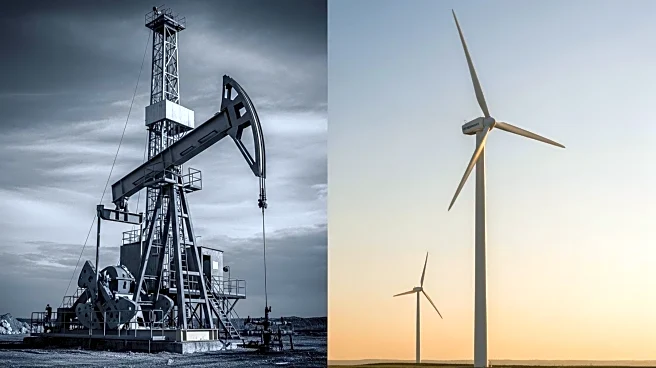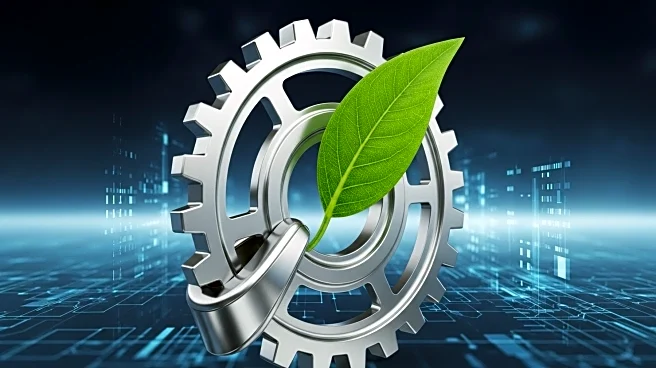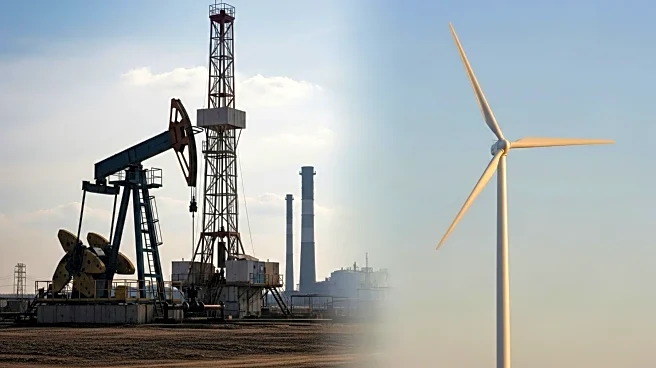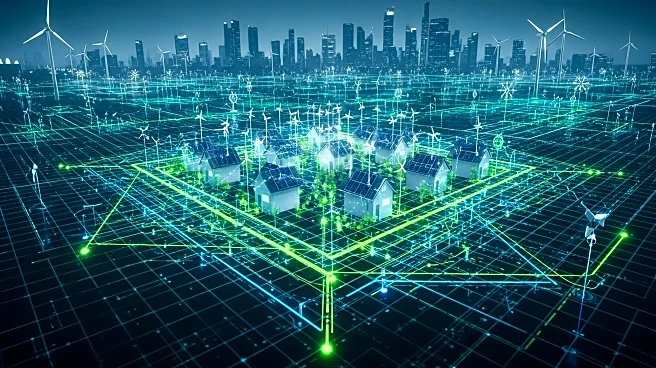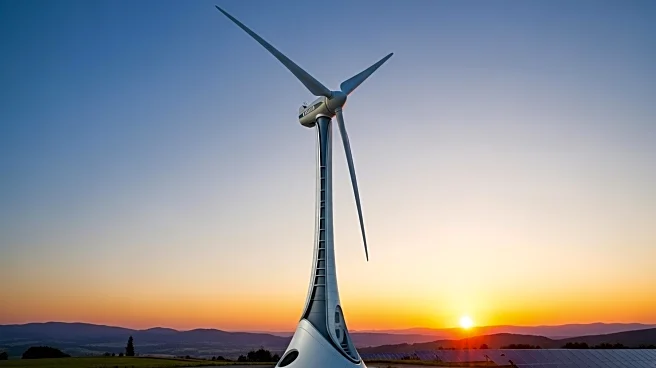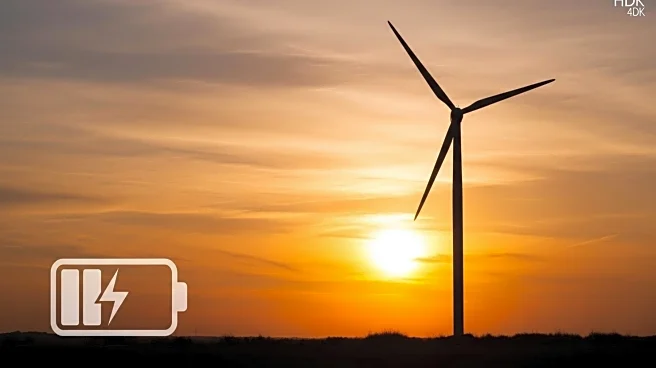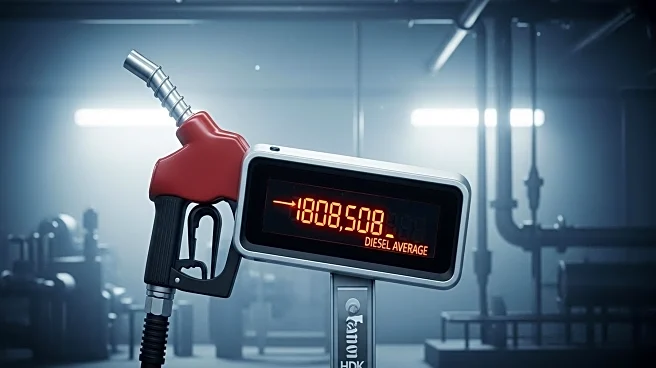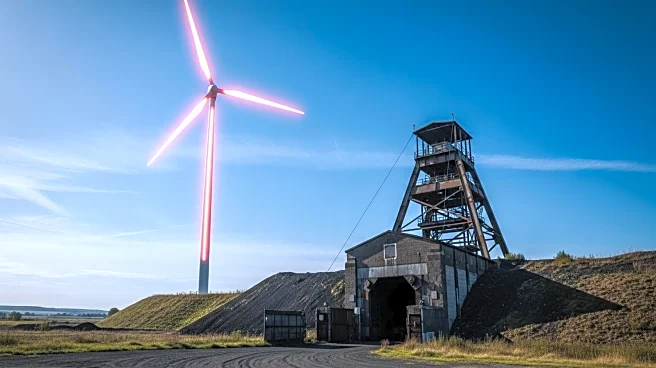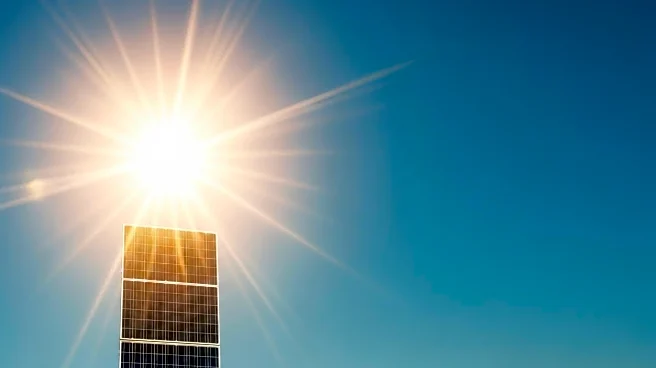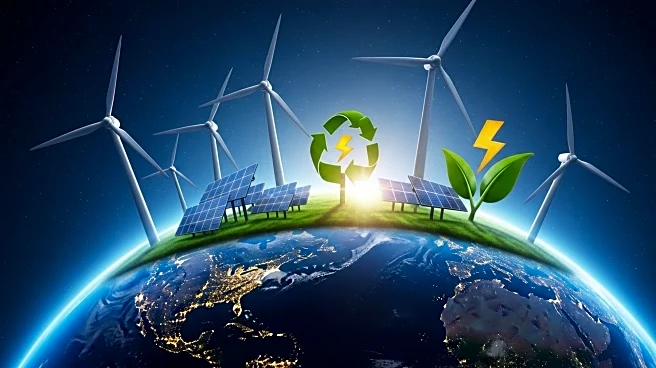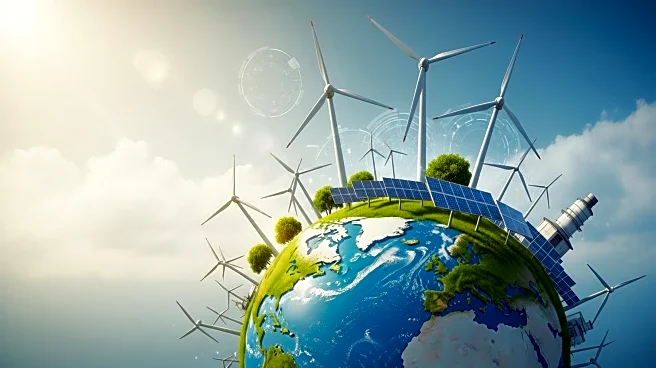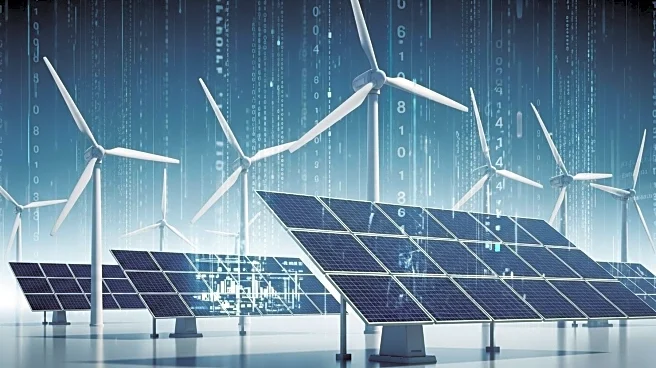What is the story about?
What's Happening?
Energy companies are increasingly adopting advanced grid solutions to manage the growing number of 'prosumers'—consumers who also produce energy, typically through rooftop solar installations. This shift is driven by the need to balance the grid and optimize energy distribution as prosumers contribute to both energy generation and consumption. The rise of distributed energy resources (DERs) such as residential solar panels, battery storage systems, and electric vehicles has complicated traditional grid operations, necessitating new strategies to integrate these resources effectively. Advanced grid solutions, including virtual power plants (VPPs) and vehicle-to-grid (V2G) technologies, are being deployed to aggregate and dispatch energy from prosumers, providing ancillary services like frequency regulation to the grid. These technologies enable utilities to transform prosumer-generated energy into reliable grid-supporting assets, addressing challenges such as intermittency and overproduction.
Why It's Important?
The integration of prosumers into the energy grid represents a significant shift in how electricity is generated and consumed, with implications for grid stability and energy costs. As prosumers increase, utilities face challenges such as voltage fluctuations and circuit overloads, which can lead to costly infrastructure upgrades. Advanced grid solutions offer a way to mitigate these issues by optimizing energy flow and enhancing grid resilience. By leveraging digital tools and AI-enabled systems, utilities can better manage the impacts of DERs, ensuring reliable power delivery and reducing the need for inefficient peaker plants. This transition not only supports energy independence and cost savings for consumers but also aligns with broader goals of reducing carbon emissions and promoting sustainable energy practices.
What's Next?
The continued expansion of VPPs and V2G technologies is expected to play a crucial role in meeting future energy demands. The Department of Energy projects that VPPs could supply 10-20% of peak demand in the U.S. by 2030. As these technologies mature, utilities will likely invest further in AI-enabled systems to enhance grid management capabilities. This evolution may lead to increased collaboration between energy companies and prosumers, fostering innovation in energy distribution and consumption. Additionally, regulatory frameworks may evolve to support the integration of prosumer-generated energy, ensuring equitable cost allocation and encouraging further adoption of renewable energy sources.
Beyond the Headlines
The rise of prosumers and advanced grid solutions highlights broader ethical and cultural shifts towards energy democratization and sustainability. As consumers gain more control over their energy production and consumption, traditional utility models are challenged, prompting a reevaluation of energy pricing and distribution policies. This transformation also raises questions about data privacy and security, as digital tools become integral to grid operations. Long-term, the successful integration of prosumers could lead to a more resilient and decentralized energy system, reducing reliance on fossil fuels and supporting global climate goals.
AI Generated Content
Do you find this article useful?


